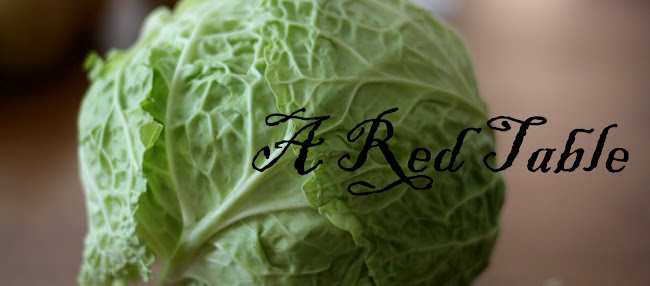Well, folks, March came and went in a snap. It's still pretty cold out, my cough is still lingering, but it smells like magical, warm, alive spring, and the lake is starting to look sparkly and vibrant again. I will value these days in which I happily leave the oven on for many low, slow hours as I cook the hell out of a piece of meat and make the loveliest pulled pork or brisket. When I curse the weight of the dutch oven in these still-cold months, I will try to remember those blaring, blistering days of summer in which I avoid the oven like the bubonic plague, when lifting even an empty teaspoon feels like the weight of the entire earth.
Do you want your very own pulled meat?
A do-it-yourself manual follows:
1. Choose your meat. Buy it! Don't skimp. Get a nice meat piece (1 or 2 lbs). Pork is nice, as is beef. Turn on your oven to 250 degrees while you do the rest of the things on the stove top.
2. In an oven-safe pot with a lid, heat some olive oil and cook your meat for a few minutes on each side, getting a nice sear. (I don't always do this; it's not crucial.)
3. Remove the meat to a plate and cook an onion in the olive oil. Brown it and add a bit of water to scrape up the good bits.
4. Add spices. Go any flavor direction you'd like. For the pork tenderloin that posed for the above picture, I used a few tablespoons each of cumin, granulated garlic, granulated onion, salt, and pepper, plus about a tablespoon of chili powder, and a teaspoon of sweet paprika. Cook these spices with the onions and a smidge of water (things will seem a bit dry in your pot, but you want this. You need the dryness to get the flavor out of the spices.) Cook for a few minutes, adding a little water every once in a while, then cooking away the water each time. (Use larger amounts of spices and salt than you think is right -- there will be a lot of liquid in the pot too, so there are a lot of places for the spices to go.)
5. Add about 4 tablespoons of vinegar (any kind) and cook it for another minute.
6. Add one 32 oz. can of tomato puree and one can of water. Keep cooking on med-low heat.
7. Cut up 5 or 6 carrots and 2 or 3 stalks of celery. Add to pot, along with 2 bay leaves, a halved jalapeño, 5 or 6 cloves or garlic (peeled), and a few sprigs of rosemary. Stir it all around.
8. Add meat to pot. Does it look submerged? If not, add more water to almost cover it.
9. Cover the pot. Put it in the oven. Write down the time that you put it in. Walk away.
10. Return to the pot a few hours later. Poke around. See if your meat wants to shred easily. If yes, you're done! If no, put it back in for another hour or so. When you're working with such a low temperature, and the meat is submerged, it will get soft and good, not dried out, so don't you go worrying your pretty little head about drying it all out and ruining everything!
11. Shred your meat in the pot, or take it out and shred it on the breadboard. Take out the bay leaves and rosemary. Decide what you want to do next. You can strain your sauce and add it back to the meat, or if the sauce looks reasonable and not too dangerous, just throw the meat back in. If you cooked a fatty piece of meat, the sauce will look pretty gnarly, and you'll want to strain it. You might also have loads of wetness compared to your meat, which is another reason to strain -- so that the meat doesn't feel like it's drowning.
Eat meat on polenta, or spaetzle, or a sandwich.
Think about how lucky you are.
Think about how lucky you are.


No comments:
Post a Comment